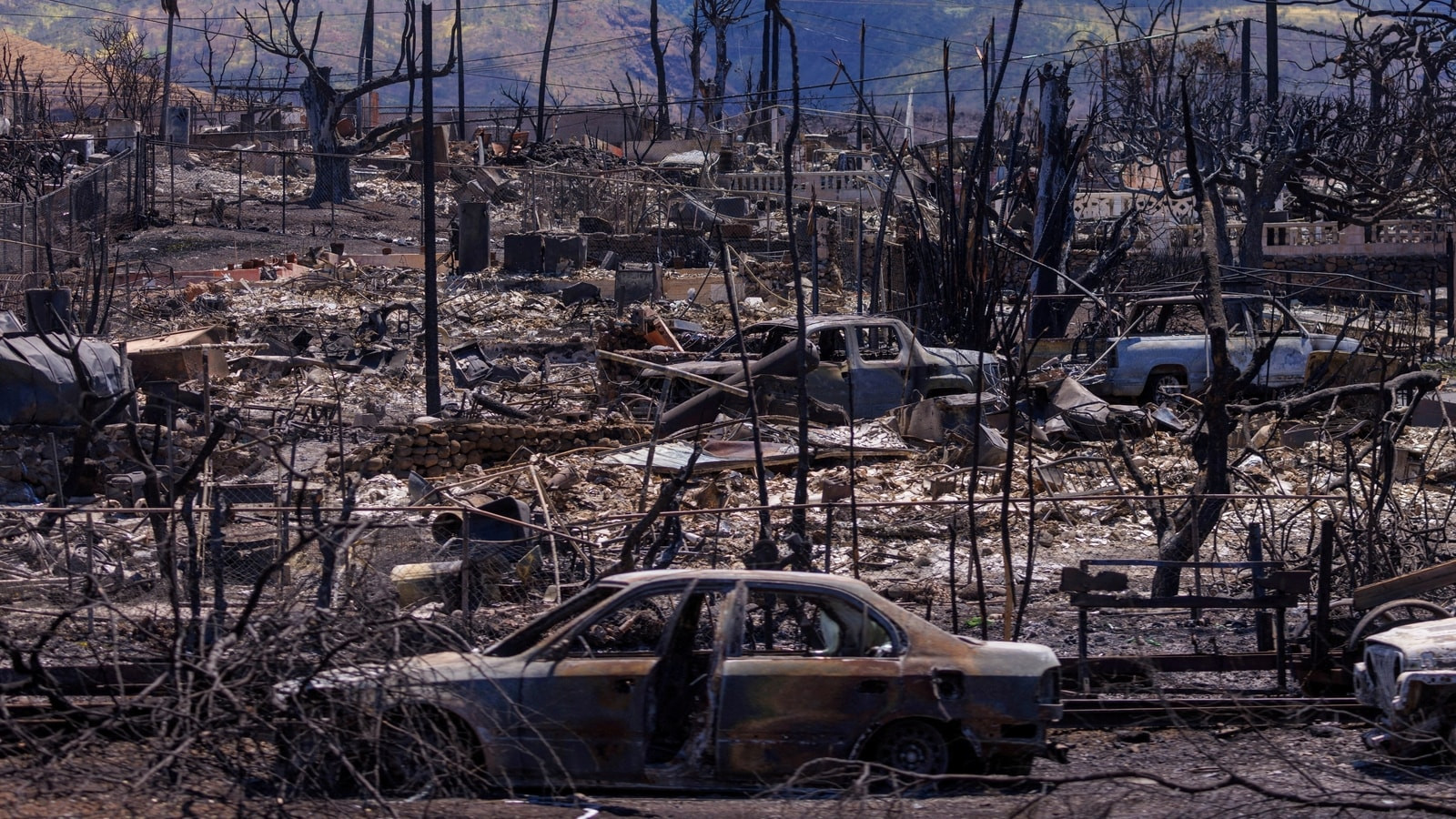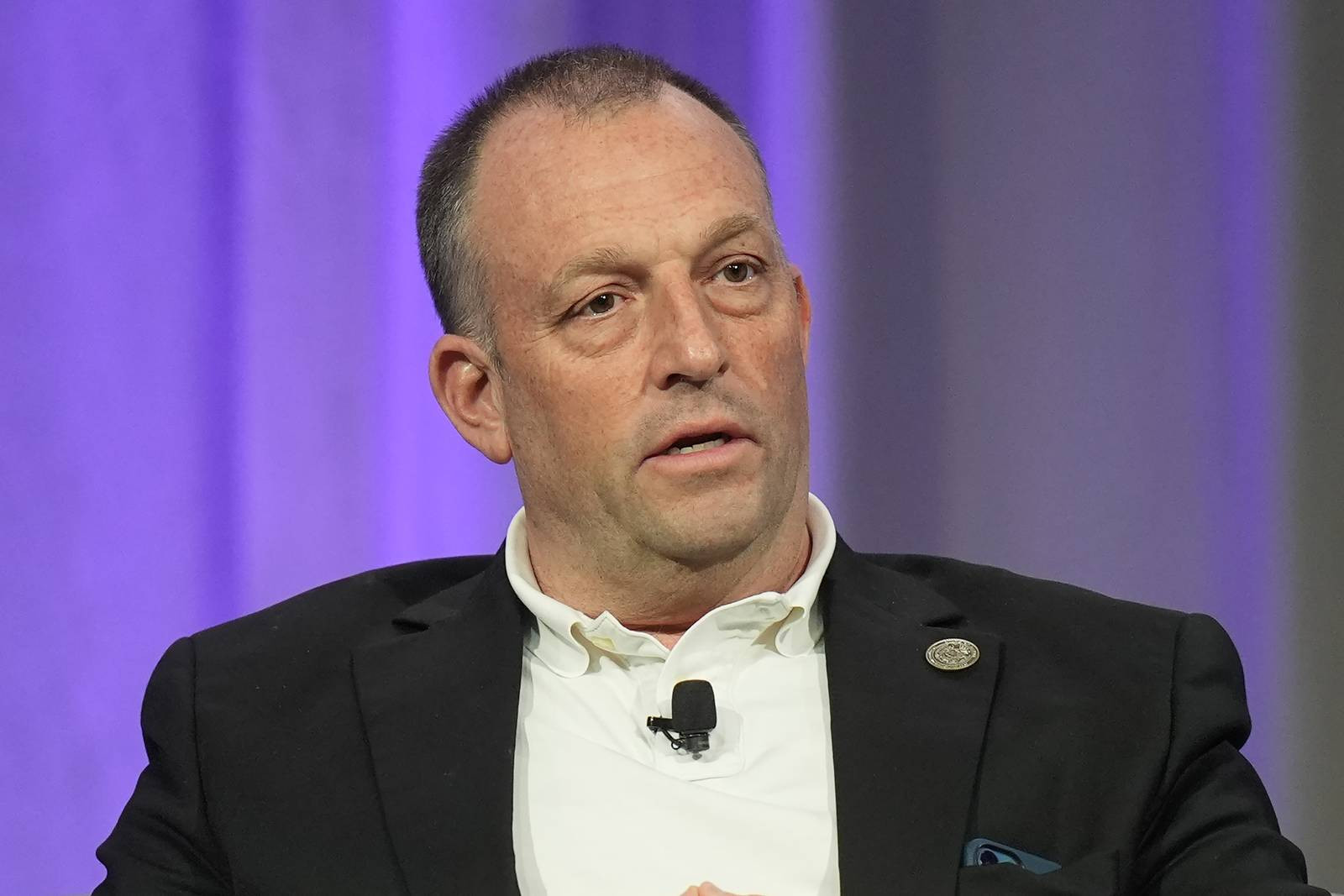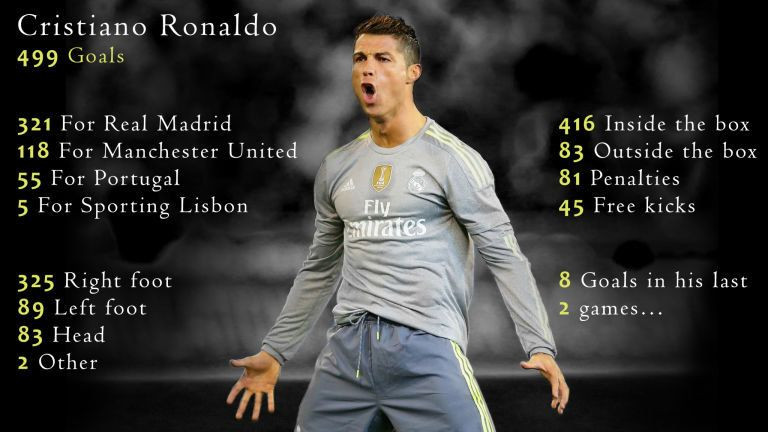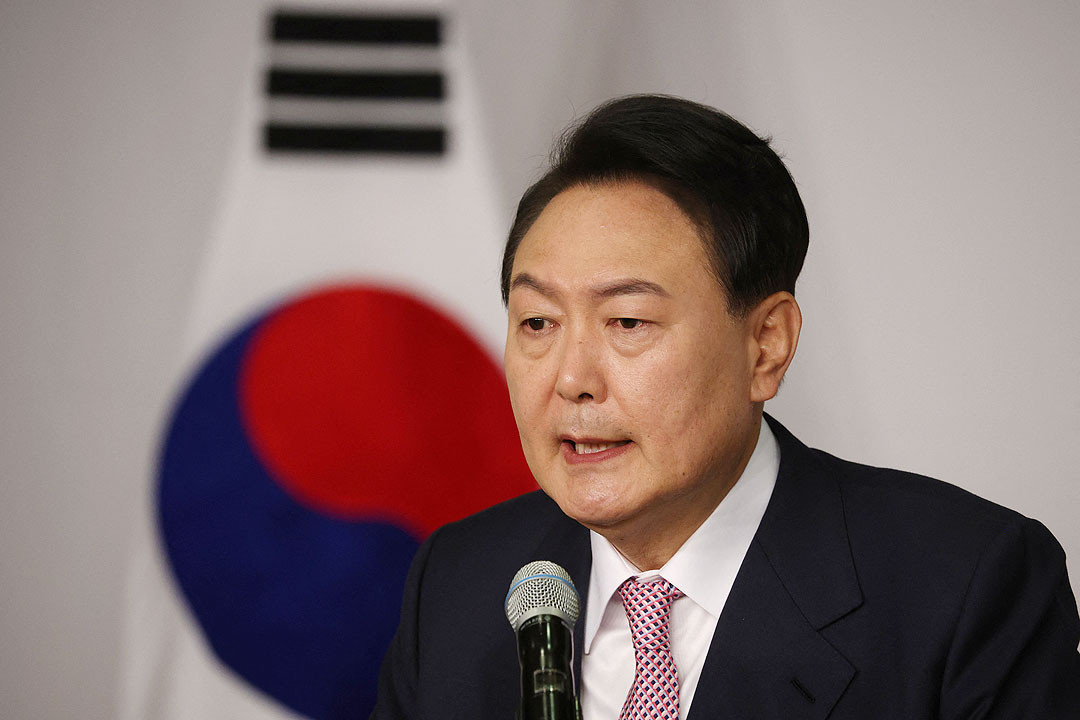A Major Hurdle Cleared: Maui Wildfire Settlement Takes a Step Closer to Finality
Several of Hawaii’s largest government, business and social organizations including the state, Maui County, Hawaiian Electric Co., Hawaiian Telcom and Kamehameha Schools have agreed to contribute to settle the claims of fire victims.
But that deal was for practical purposes blocked by insurance companies, which had filed separate lawsuits against the same defendants to recoup some $2.3 billion in insurance claims paid to fire victims so far. Maui Circuit Court Judge Peter Cahill’s ruling on Tuesday means the insurers are barred from continuing with those independent subrogation lawsuits.
The next step will be for Cahill to memorialize the order he gave from the bench Tuesday into a written document, which is a prerequisite for the proposed settlement to be made final.
Gov. Josh Green, who had helped work out the settlement, praised Cahill’s ruling and urged the insurance industry attorneys to refrain from delaying a final settlement by appealing the order.
“We humbly ask the mainland subrogation attorneys to accept what Judge Cahill has made clear, which is no one should stand in the way of our people’s full recovery,” Green said.
The governor added: “If the subrogation attorneys from the mainland push hard, I will work to beat them in the courts.”
Arguments and Ruling
Cahill’s order came after more than two hours of oral arguments from Vincent Raboteau and Adam Romney, representing the insurers, and Jesse Creed, representing the fire victims. Although Creed technically was a liaison counsel for the plaintiffs, he effectively was representing the interests of the various settling parties.
In their brief, Raboteau and Romney argued that the proposed settlement was far from “global,” as various parties had described it. The subrogation insurers were still pursuing claims, the attorneys argued, and had been falsely portrayed as obstacles to a separate settlement.
According to the insurance lawyers, the plaintiffs had “joined in common cause” with the defendants to exclude the insurers “from any recovery.”
They argued, the plaintiffs’ attempt to release insurance companies’ subrogation claims violates controlling Hawaii precedent, which they said states that “the insurer may maintain a subrogation action … regardless of outside settlement.”
Raboteau also argued that the subrogation insurers were not trying to put their claims ahead of the fire victims, as some have said. Romney stressed that subrogation claims – along with premiums and investments – were key sources of revenue for insurers. Preventing the subrogation parties from suing negligent wrongdoers “ultimately threatens the entire industry,” he said.
The insurers’ counsel also argued Cahill’s Maui court didn’t have jurisdiction over their subrogation suits, which the insurers had filed in Circuit Court in Honolulu.
Creed argued that under Hawaii law insurers and their customers were bound through a contractual relationship. Accordingly, under legal precedent, Creed said, when a policyholder settles a case and releases the alleged wrongdoers from liability, that binds the insurer from pursuing the case as well. The insurer can then seek reimbursement from the policyholder.
In his oral ruling, Cahill agreed with Creed. Cahill also said his court did have jurisdiction over the matter, at the heart of which is the pending mediated settlement.
While the judge said the insurer’s subrogation claims could not move forward separately, he also indicated the insurers could still seek reimbursement from victims for claims paid. But Cahill made clear that he was not saying how much the insurers might get back from the policyholders. Given such thorny remaining questions, Cahill said, reaching the settlement “may be the easier task than what needs to be done.”
The Significance of the Ruling
For Green, the ruling marks a key step toward a signature accomplishment: crafting the resolution of a complex dispute in less than a year, in contrast to California wildfire cases that drove Pacific Gas and Electric Co. into bankruptcy and took years to resolve.
Although the insurers said their claims wouldn’t interfere with the amounts victims would receive under their settlement, Green said that wasn’t true for a simple reason: there’s a finite pool of money the defendants can afford to pay.
“There’s $4 billion,” Green said. “And that’s all the state could afford, all the county could afford, all HECO could afford, all KS (Kamehameha Schools) could afford and live to fight another day. The idea that the insurers would not be taking away from the victims is ludicrous. No one buys that argument.”
“It just feels wrong to claw money back from those who need it,” Green said.
In any event, the settlement would have fallen apart if Cahill had allowed the subrogation claims to proceed, Green said.
A Controversial Move
The governor also took issue with a practice some of the insurers have engaged in: selling their subrogation claims at a discount to hedge funds, which essentially bet that the subrogation lawsuits would prevail.
Green said the insurers had in essence sold some of the Lahaina wildfires’ “tragedy and misery to Wall Street.”
“That’s not good, and that has to stop,” Green said. “There should be no profit motives when we’re trying to help people heal.”
Green said it’s essential that the insurers give up at least some of their subrogation claims toward a recovery that is expected to cost $14 billion in total.
The Next Steps and Concerns
Under the proposed settlement, Hawaiian Electric Industries will pay $1.99 billion, Kamehameha Schools $872.5 million, and the state about $800 million. Maui County is expected to contribute $10 million. And the rest of the defendants – including Spectrum Oceanic, Charter Communications, Cincinnati Bell, Hawaiian Telcom and several entities affiliated with West Maui Land Co. and Launiupoko Water Co. – will provide the rest, amounting to $300-$400 million.
But Green said those numbers don’t tell the whole story. For example, as part of the settlement Maui County dropped a lawsuit against HECO, which enabled the utility to pledge $1.99 billion by removing an unknown risk. The county also is expected to receive more than $1 billion in federal grants for recovery, which will be used for infrastructure the state otherwise would have to pay for.
Kamehameha Schools and the telecommunications companies “had to soul search on the settlement because liability hasn’t been finally established,” Green said. But he said they “feel responsible for the full recovery of the people of Maui.”
In this context, Green said, it’s important for the insurance industry, whose losses are expected to top $3 billion, “to accept that subrogation suits will devastate those who have lost everything.”
“Their $3 billion in payments for loss are so critical to Hawaii, but remember people did pay premiums for decades in case it was ever needed like on August 8, 2023,” Green said.
“If anyone walked away then the whole settlement would collapse and we would be back where we started, years until lawsuits could help people recover, and an unacceptable cost and delay like they have experienced at other disasters,” the governor said.
A Major Step Forward, but Challenges Remain
The judge’s ruling is a significant step forward in the lengthy process of resolving the Maui wildfire lawsuits. However, there are still many challenges that lie ahead.
One of the main concerns is how the settlement money will be divided among the thousands of victims. It’s still unclear how much each victim will receive, and the process of determining this could be complex and time-consuming. It is expected that it could take at least a year for the first checks to be issued.
Another challenge is the possibility that the insurance companies might still appeal Cahill’s ruling. Even though the judge’s decision is a major victory for the plaintiffs, there’s no guarantee that the insurers will accept it without a fight. If they do appeal, it could further delay the process of reaching a final settlement.
While the $4 billion settlement offers a glimmer of hope for the victims, it’s essential to recognize the challenges that remain. The road to recovery is long, and it will require the continued efforts of both government officials and legal professionals to ensure that the victims receive the justice and support they deserve.


















